The “Femme Fatale” segment on NoirWhale.com is designed to highlight the life and merits of exceptional film noir actresses. These women are the embodiment of the femme fatale archetype, and propel possibly the most recognizable and integral theme in the noir genre.
“A gentleman is simply a patient wolf.”
Lana was born Julia Jean Turner in Wallace, Idaho. As a girl, she was lovingly called “Judy” by family and friends, but changed her name when she became a professional actress at 16. Her father, John Turner, was a miner from Tennessee who was murdered at age 27. Money problems had forced the family to move to San Francisco, and John had started gambling in an effort to bring home extra earnings. It’s believed that on December 14th in 1930, he won a bit of cash at a traveling craps game and stashed it in his left sock. He never made it home. Later, his body was found on a street corner, left shoe and sock missing. Tragically, the murder was never solved.
Famously, Lana caught her big break at a Hollywood drug store. She was skipping a typing class and decided to stop into the Top Hat Cafe located on Sunset Boulevard for a Coca-Cola. She was spotted by William R. Wilkerson (The Hollywood Reporter), who then referred her to Zeppo Marx. Lana was signed and cast quickly in her first film: They Won’t Forget (1937). Her form-fitting attire in the film earned her the nickname “The Sweater Girl”– a nickname which she hated.
Ms. Turner became wildly famous in the 1940s and 1950s due to her roles in such films as: Ziegfeld Girl (1941), Johnny Eager (1942), and Slightly Dangerous (1943)– her popularity and extreme beauty casting her as a favorite pin-up girl for our servicemen overseas. But Lana didn’t truly become a femme fatale until after the war.
She co-starred opposite John Garfield in the immensely successful film noir, The Postman Always Rings Twice (1946) (a James Cain adaptation). Even though she received critical praise as an actress for the first time, she famously complained about Garfield’s appearance, saying “Couldn’t they at least hire someone attractive?”
In 1957, Lana began a relationship with mobster Johnny Stompanato, a man known for his good looks and ties to Mickey Cohen in the L.A. criminal underworld. She tried several times to end their affair, but Johnny wouldn’t have it. They argued incessantly, and he frequently beat her up.
“In the fall of 1957, Stompanato followed Turner to England where she was filming Another Time, Another Place (1958) costarring Sean Connery. Afraid that Turner was having an affair with Connery, Stompanato stormed onto the set brandishing a gun. Connery punched Stompanato’s jaw once and took away his gun. Stompanato was soon deported by Scotland Yard for the incident.”
On an infamous night in April 1958, Johnny and Lana had an especially violent argument at her house in Beverly Hills. As it escalated, Lana’s 14 year old daughter Cheryl began to fear for her mother’s life. Hefting a kitchen knife, Cheryl ran to Lana’s aid, stabbing Mr. Stompanato–killing him. The event was tabloid fodder overnight, but the courts ruled it justifiable homicide in light of Lana’s dramatic testimony. Observers have said, “her testimony that day was the acting performance of her life.”
Notoriously, Turner was married eight times to seven different husbands: Artie Shaw, Joseph Stephen Crane, Henry J. Topping Jr., Lex Barker, Fred May, Robert P.Eaton, and Ronald Pellar. She said late in her life, “My goal was to have one husband and seven children, but it turned out to be the other way around.” (Joseph Stephen Crane is the father of her daughter Cheryl). Sadly, in 1982 Lana’s memoir revealed that she had been through three stillbirths and two abortions. She also acknowledges her struggle with alcoholism and attempted suicide.
In true femme fatale fashion, Lana Turner was a heavy smoker, and it eventually killed her. She died of complications from throat cancer in 1995.
Tragically, Lana didn’t only act in noir films, she lived a noir life. She added to the genre immensely with The Postman Always Rings Twice (1946), but she couldn’t escape the genre in her personal life.
“A successful man is one who makes more money than his wife can spend. A successful woman is one who can find such a man.”
*All biographical details were obtained from:
http://en.wikipedia.org/wiki/Lana_Turner
*All quotes were obtained from:
http://www.brainyquote.com/quotes/authors/l/lana_turner.html

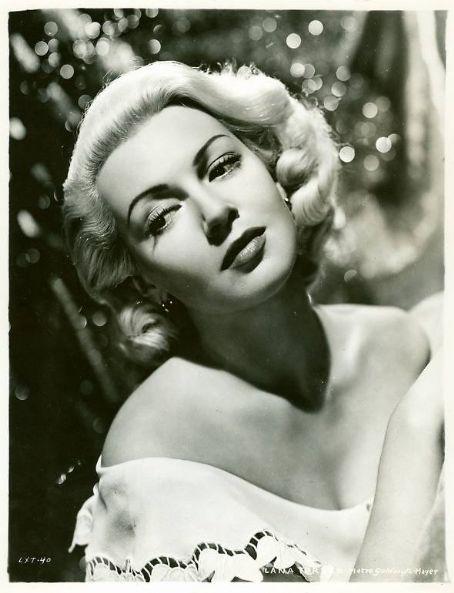



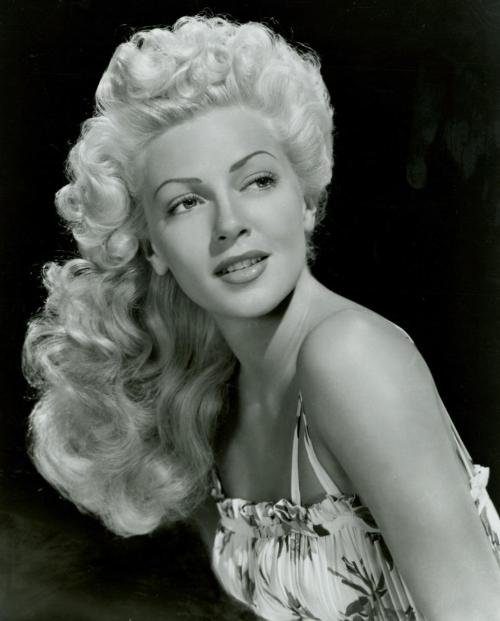




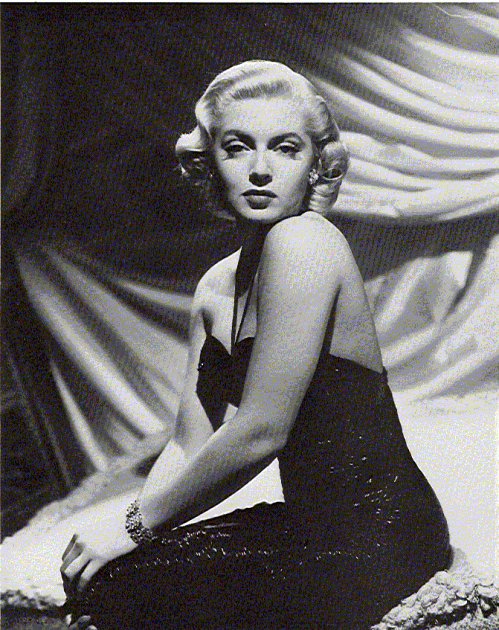

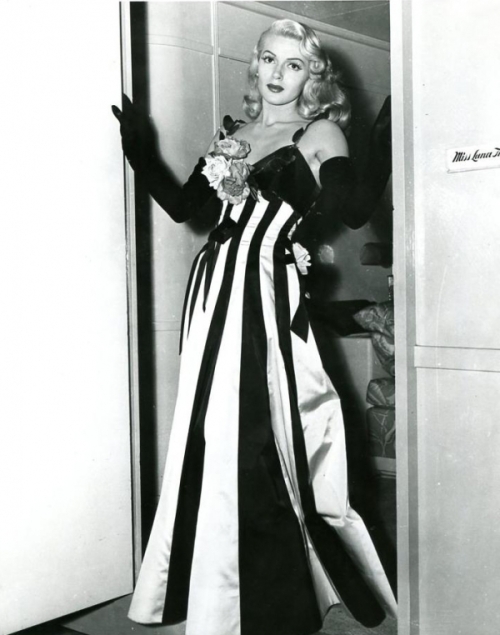
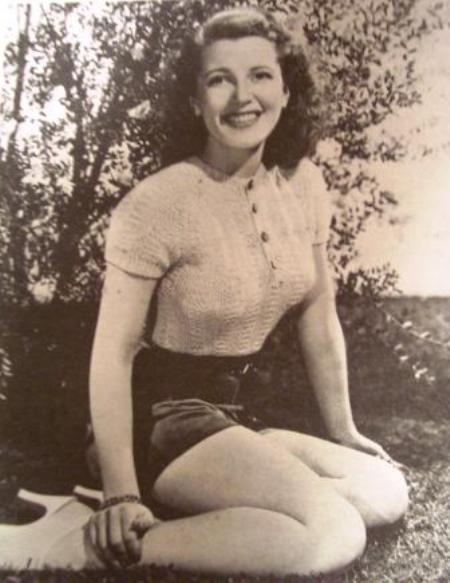



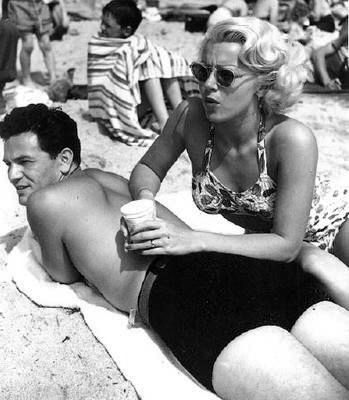


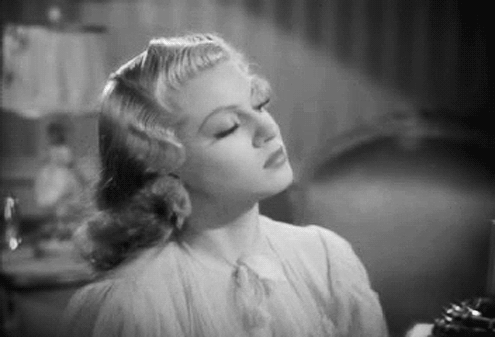

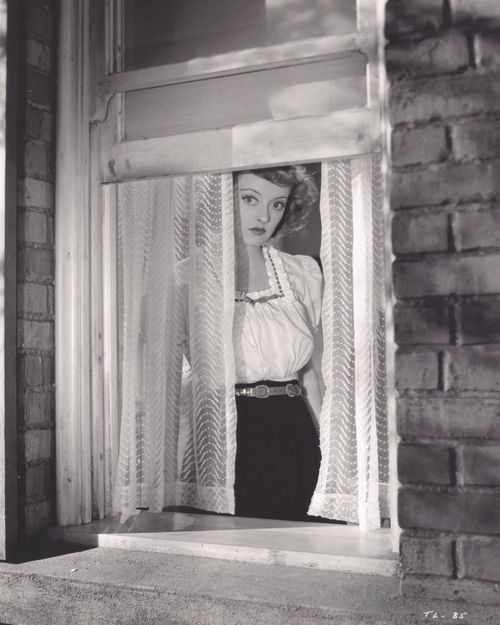
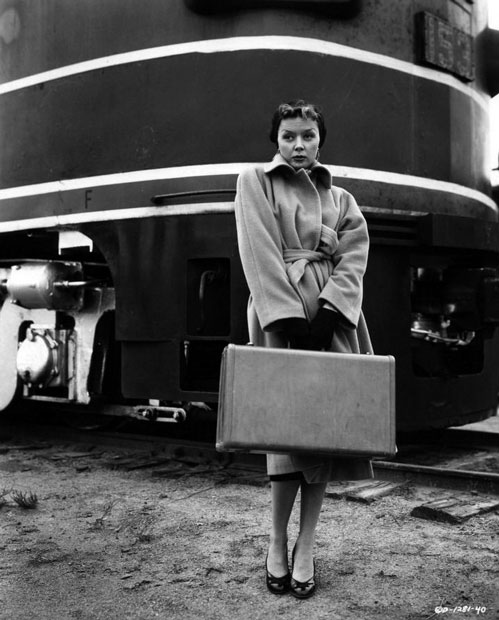

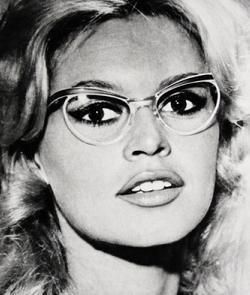
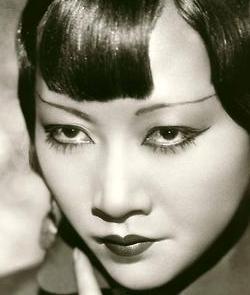
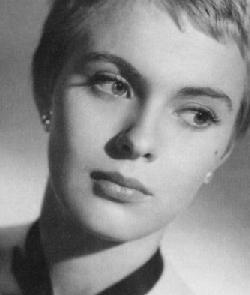
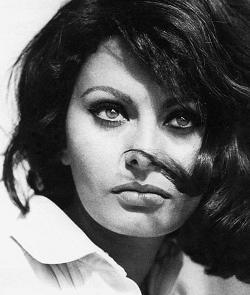
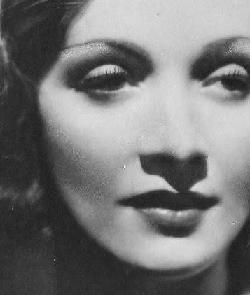
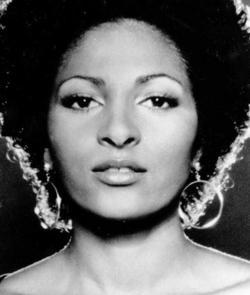
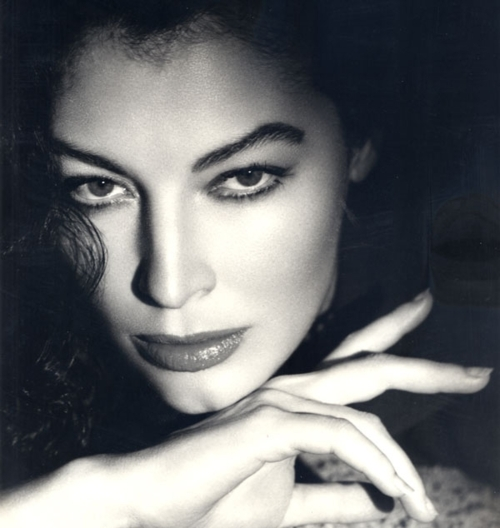






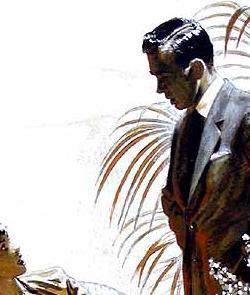
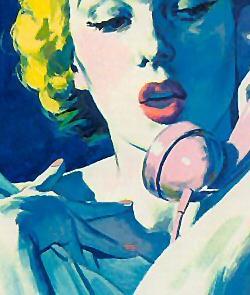
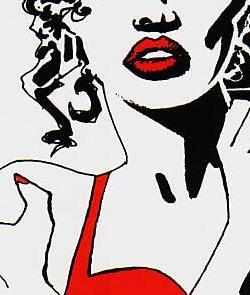
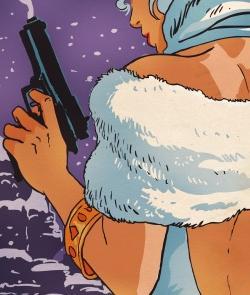
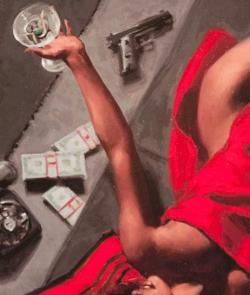
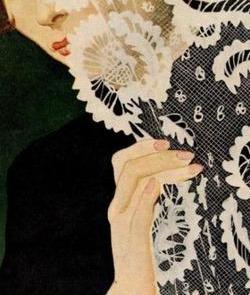
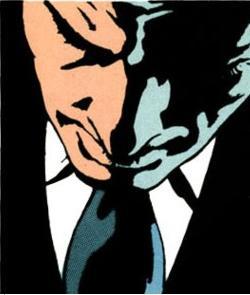

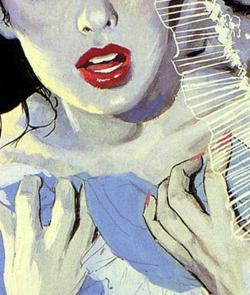
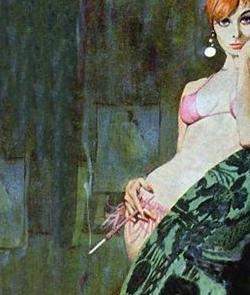
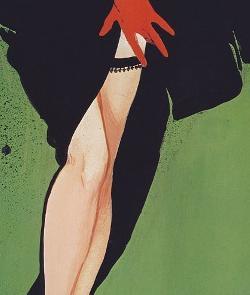


What a gorgeous woman with such a tragic life! It’s so unfortunate that she wanted a large family and one man but had quite the opposite. A classic Hollywood Beauty for certain.